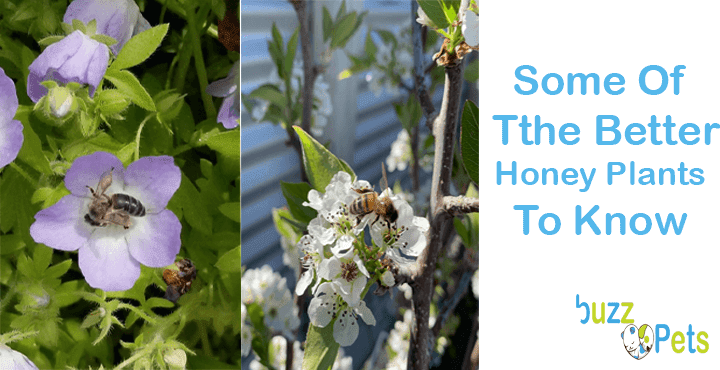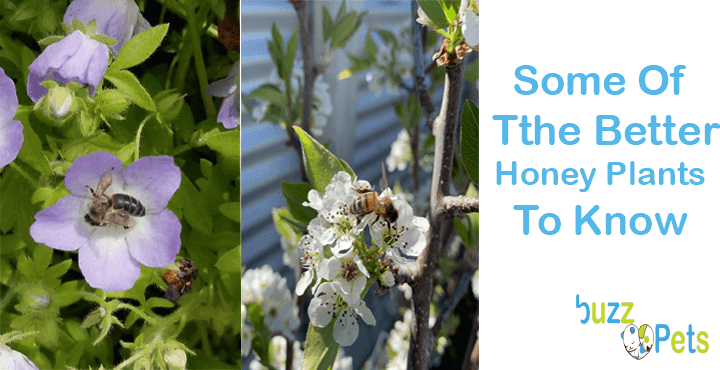So, what honey crops are you looking for? Seasoned beekeepers generally know the major nectar crops their bees make honey from, but a surprising number of beekeepers don’t know just how many good crops are out there. Too often, honey shows up and they don’t know the source. These mystery sources fall into the fol-lowing categories:
- Tree crops (such as black locust or citrus)
- Field crops (such as soybeans or alfalfa)
- Major land-use crops (such as sweet clovers on government reserve land in the United States, or heather in northern Europe)
- High-value annual crops (such as borage in Canada, or sunfl owers in Russia) Most beekeepers know the major wildfl owers that emerge during the season, such as dandelions, willows, privets, Russian olives, and the like. But there are so many different plants that bees can harvest a crop from, beginning very early in the spring and lasting to the very end of the season. Of course, in the near tropical and tropical regions, there is seldom, if ever, a dearth of blooming plants, and bees are able to work nearly all year long.Included here are scores of plants benefi cial to honey bees that provide nectar, pollen, or both. For the purposes of this book, the primary focus is plants that produce nectar, the source of honey. The lists have been grouped into several rough categories, but there are many that overlap—apples, for instance, are an agricultural crop, an ornamental in urban landscapes, and an escape from orchards and yards. These lists are provided in, very roughly, bloom sequence order, earliest in the season to latest, but it is best to determine for yourself when they bloom in your region. The same species of plant grown in different environments can be unpredictable, and only fi rsthand observations can confi rm exact growing degree day information
These lists are by no means all-inclusive of the plants honey bees visit. Regional and continental differences exist, and you may have all or only some of these where you keep your bees. Plants not listed may provide all or most of your crop. The core message is to fi nd the plants, then observe your bees visiting them when they are in bloom, note the plants’ abundance, verify bloom time and duration, try to identify the type of honey that is produced, and note when that honey is ripe and ready to harvest. These are the golden rules of producing varietal and artisan honey no matter where you are.These lists provide the common name, genus and species (if only one), and the usual color and fl avor of the honey the plant or family of plants produces. Keep in mind that these descriptions are generalizations because the same species of plant can produce different types of honey in different locations due to weather, soil type and quality (which affects nutrition, moisture availability, and a host of other phys-iological functions), and other environmental factors. Plus, the same plant in the same location may produce a different honey year to year depending on the weather during any particular year. Dry years tend to concentrate nectar fl avors, while wet years tend to mellow those same fl avors.Moreover, different species of the same genus can produce vastly different kinds of crops. A good example of this is privet (Lingustrum spp.). One species that is commonly used as a hedge in northern U.S. home landscapes, common privet produces a bitter, strong, and basically unpalatable honey, while its Chinese cousin that is primarily a wild shrub in the southern United States produces a mild, sweet, and very popular honey. These differences are not unlike the subtle but distinctive differences in wine made from the same grape varieties, but grown in different locales. Beekeepers can and should use these differences to distin-guish their local honeys from products produced in other locations. Your place is special. Capitalize on that fact.These lists are not plant keys. These lists are for honey type information, notes on the plants, and very general bloom dates in the United States where they grow. Countries in the Southern Hemisphere can adjust the dates by six months to account for the “reversed” seasons. Some plants do not grow in harsher northern climates, while others cannot survive in tropical areas. .


